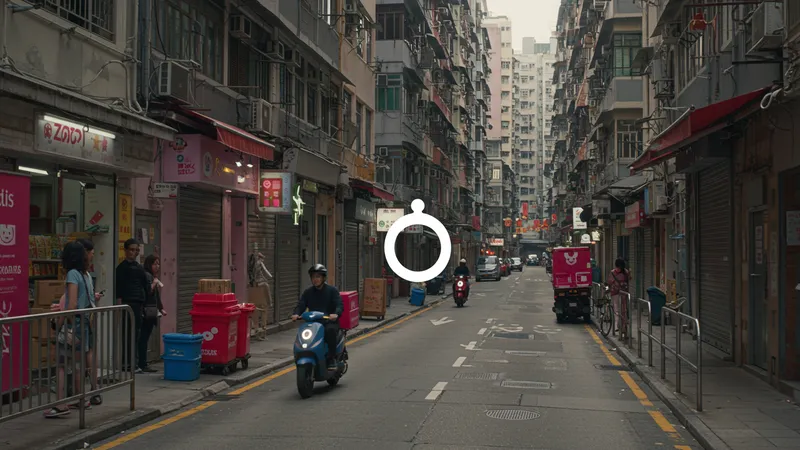
Understanding Quick Commerce And Its Growing Impact In Hong Kong
Business Strategies and Logistics in Hong Kong Quick Commerce
Retailers operating quick commerce services in Hong Kong frequently adopt a hyperlocal approach. They position mini-warehouses within densely populated districts, storing high-demand products in close proximity to key customer clusters. This enables platforms to fulfill orders rapidly, often using electric scooters or bicycles for short urban trips, which helps optimize cost and delivery speed.

Another strategic focus is on order bundling and time-slot optimization. Companies analyze purchasing trends to pre-pack popular products, anticipating peak times such as lunchtime or after work, further reducing preparation and dispatch times. Collaboration with local shops and restaurants also helps platforms like Zippy and foodpanda expand their product offerings and maintain a local flavor.
Efficient route planning is essential for reducing costs associated with last-mile delivery. Real-time analytics and AI-powered dispatch systems allow businesses like GOGOX to match couriers and packages efficiently, minimizing detours and idle time. With insights from urban traffic data, they adapt dynamically to avoid congested areas and meet promised delivery windows.
Quick commerce players are increasingly investing in green logistics, turning to electric vehicles and reusable packaging to address sustainability concerns. These measures not only reduce operational costs in the long run but also enhance brand reputation among environmentally conscious customers in Hong Kong.